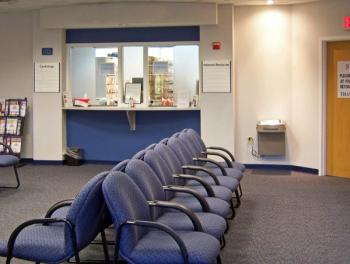
Politicos, medical groups renew cries to repeal Medicare’s SGR formula
Although a bill pending in the U.S. House of Representatives has drawn widespread support for repealing the Sustainable Growth Rate formula, groups representing primary care physicians have raised some concerns.
Twenty medical groups have thrown their support to a new bill in the U.S. House of Representatives to repeal the sustainable growth rate (SGR) formula that determines Medicare reimbursement for physicians.
But for practicing physicians, one of the bill’s main provisions has raised concerns. The proposal calls for annual reimbursement hikes of 0.5% from 2014 through 2018. Payment incentives such as the Physician Quality Reporting System (PQRS) and the electronic health record (EHR) Meaningful Use incentive program will continue during that time.
The 0.5% annual payment increase lags inflation, which generally has hovered around 2% to 3% over the last few years.
So the question looms: Is that 0.5% annual increase an appropriate amount? The answer, of course, depends on whom you ask, but there’s strong sentiment among some health policy observers that it’s not enough of an increase for primary care services.
"The 0.5% does seem appropriate for non-primary care services -as long as it is closely monitored to determine its impact on patient access,” says David Kinsman, a spokesman for the American College of Physicians (ACP). “If patient access is adversely affected, then the update should be adjusted.”
The ACP is calling for annual increases of 2.5% for primary care services-commonly defined as evaluation and management codes-between 2015 and 2018, while holding annual updates for non-primary care services at 0.5%.
The American Academy of Family Physicians has also issued a statement expressing disappointment with the base payment for primary care services as outlined in the draft legislation.
Newsletter
Stay informed and empowered with Medical Economics enewsletter, delivering expert insights, financial strategies, practice management tips and technology trends — tailored for today’s physicians.















